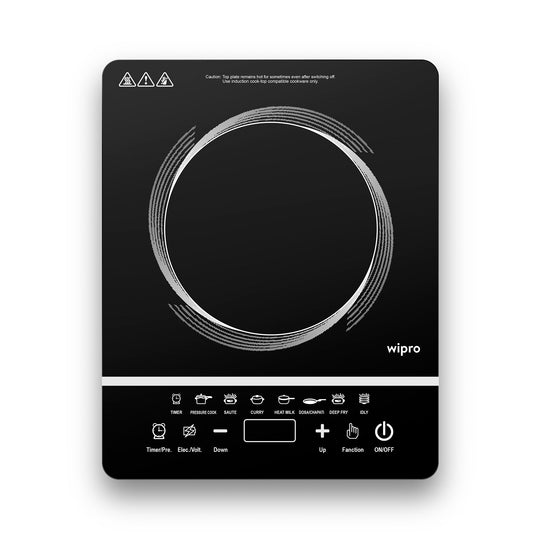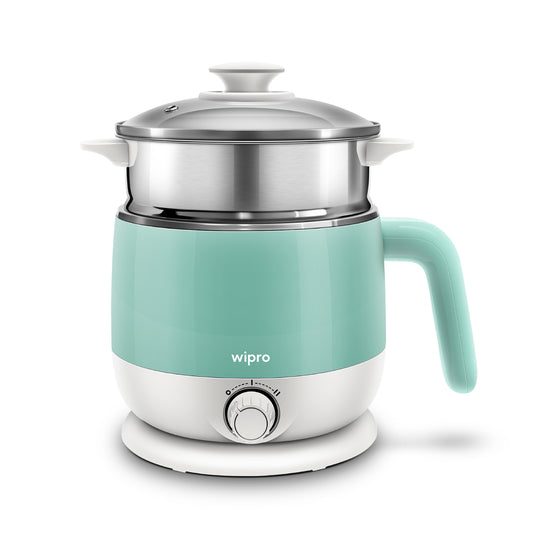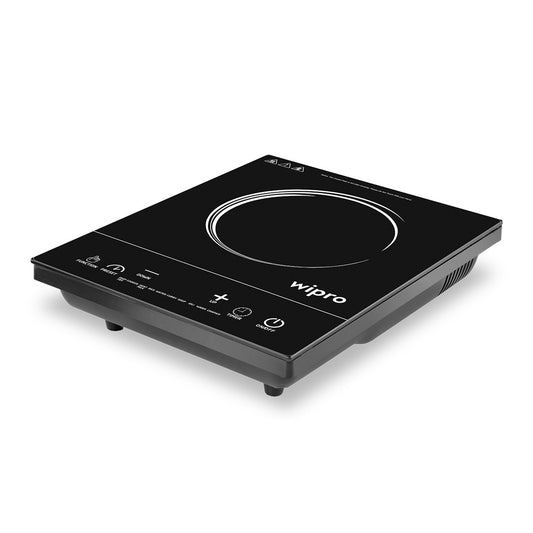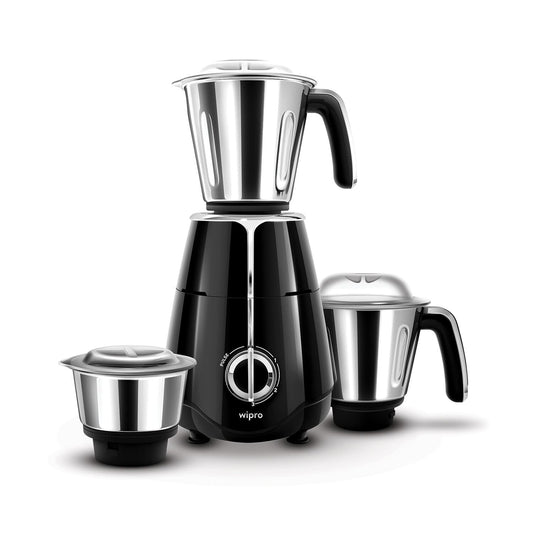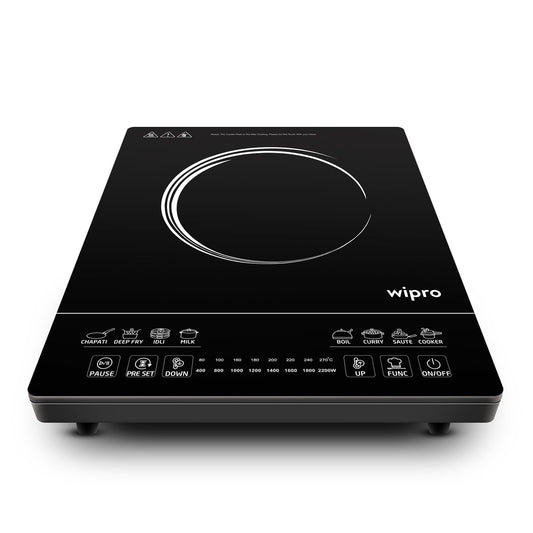Durga Ashtami, one of the most auspicious days of Durga Puja, is celebrated with devotion, fasting, and a feast of traditional dishes offered as Ashtami Bhog. These meals, cooked with love and purity, are not just food but sacred Ashtami prasad recipes that symbolise blessings, abundance, and divine energy.
In Bengali culture, preparing these special dishes is an integral part of the festival, where families come together to cook and serve authentic Bengali traditional food and regional delicacies.
If you’re looking to recreate the joy of Ashtami at home, here are four timeless prasad recipes you can prepare with ease.
4 Traditional Durga Ashtami Bhog Recipes
1. Kashmiri Aloo and Pulao

Fragrant saffron rice with tender potatoes makes a gentle, sattvik Ashtami Bhog that pleases everyone.
Ingredients
-
Baby potatoes, 400–500 g, peeled
-
Basmati rice, 1 cup, rinsed till the water runs clear
-
Saffron, a big pinch, soaked in 2 tbsp warm milk
-
Whole spices: 4 cloves, 4 green cardamoms, 1 small cinnamon stick, 1 bay leaf
-
Ginger powder (soonth), ¼ tsp, optional but authentic
-
Ghee, 3 tbsp
-
Salt, to taste
Step by step
-
Parboil baby potatoes in salted water until fork-tender, then drain well.
-
Heat 1½ tbsp ghee in a pan, add potatoes with a pinch of salt, and sauté on medium temperature on an induction cooktop until golden. Sprinkle ginger powder if desired. Keep aside.
-
In a heavy pot or a multicooker, warm the remaining 1½ tbsp ghee. Add cloves, cardamom, cinnamon, and bay leaf. Let them release aroma.
-
Stir in rinsed basmati rice and sauté for 1 minute until glossy.
-
Add saffron milk, salt, and 2 cups of water. Cover and cook on low until rice turns fluffy.
-
Rest, fluff with a fork, gently fold in potatoes, and serve hot as Ashtami prasad.
2. Radhaballavi

Radhaballavi is a festive, stuffed puri from Bengal. Puffy, aromatic, and traditionally served with aloo dum, it is a cherished Bengali traditional food on Ashtami.
Ingredients
For the dough:
-
Maida, 2 cups
-
Semolina, 1 tbsp, for structure
-
Salt, ½ tsp
-
Ghee, 1 tbsp
-
Chana dal, ¾ cup, soaked 3–4 hours
-
Ginger, 1 tsp, grated
-
Green chillies, 1, finely chopped
-
Fennel seeds, 1 tsp, lightly crushed
-
Asafoetida, 1 pinch
-
Cumin powder, ½ tsp
-
Salt, to taste
Step by step
1. Mix maida, semolina, salt, and ghee in a bowl. Rub with fingers until sandy, then add warm water gradually to knead a soft dough. Cover and rest for 20 minutes.
2. Drain soaked chana dal and grind to a coarse paste. Heat 1 tsp ghee, add asafoetida and fennel, then stir in dal paste, ginger, green chilli, cumin, and salt. Cook till dry and aromatic. Cool completely.
3. Divide the dough and filling into equal portions. Flatten a dough ball, stuff with filling, seal, and roll into a 9–10 cm disc.
4. Heat ghee or oil. Fry puris until puffed and golden.
5. Serve hot Radhaballavi with aloo curry for a festive Ashtami Bhog.
3. Dhokar Dalna

A jewel of Bengali traditional food, Dhokar Dalna features melt-in-the-mouth lentil cakes simmered in a fragrant tomato gravy. The dish is naturally sattvik, perfect for Ashtami Bhog.
Ingredients
For the dhoka (lentil cakes):
-
Chana dal, 1 cup, soaked 4–6 hours
-
Ginger, 1 tsp, grated
-
Cumin seeds, ½ tsp
-
Turmeric, ½ tsp
-
Asafoetida, 1 pinch
-
Salt, to taste
-
Oil, 2 tsp for the pan, plus more for shallow frying
For the gravy:
-
Tomatoes, 3 medium, purée
-
Ginger paste, 1 tsp
-
Cumin powder, 1 tsp
-
Coriander powder, 1 tsp
-
Turmeric, ½ tsp
-
Red chilli powder, ¼–½ tsp, optional
-
Bay leaf, 1
-
Garam masala, ½ tsp
-
Sugar, ½ tsp, to balance
-
Salt, to taste
-
Mustard oil or ghee, 2 tbsp
Step by step
-
Drain soaked chana dal and grind into a smooth, thick batter with ginger, cumin seeds, turmeric, asafoetida, and salt, using minimal water.
-
Grease a pan, pour the batter, and cook on low, stirring until it thickens and leaves the sides. Spread into a 1 cm layer, cool, and cut into diamond pieces.
-
Shallow fry the dhoka pieces in a little oil until crisp and golden. Keep aside.
-
Heat mustard oil or ghee, add bay leaf, tomato purée, and ginger paste. Cook until glossy.
-
Stir in cumin, coriander, turmeric, and chilli powder, and sauté briefly.
-
Add warm water, salt, and sugar. Boil the gravy gently.
-
Slide the fried pieces in the gravy, simmer 5–7 minutes, sprinkle garam masala, and serve hot.
4. Nolen Gur Payesh

Silky rice pudding kissed with date palm jaggery brings a sweet close to the Ashtami Bhog. This payesh is simple, soulful, and festive.
Ingredients
-
Full cream milk, 1 litre
-
Gobindobhog or kalijeera rice, ¼ cup, washed and soaked 20 minutes
-
Nolen gur, ½–¾ cup, grated, adjust to taste
-
Bay leaf, 1
-
Green cardamom, 3, lightly crushed
-
Ghee, 1 tsp
-
Cashews and raisins, 2 tbsp, optional
-
A pinch of salt, to lift the sweetness
Step by step
-
Heat 1 tsp ghee in a pan, add drained rice, and sauté for 1 minute to keep the grains separate.
-
In a heavy-bottomed pot, boil milk with a bay leaf, then simmer on low, stirring often, until slightly thickened.
-
Add rice and a pinch of salt. Cook slowly until the grains soften and the milk reduces to a creamy texture.
-
Switch off the heat, cool for 3–4 minutes, then dissolve grated nolen gur in warm milk and stir it in to preserve flavour.
-
Add cardamom, garnish with fried cashews and raisins, and serve warm as Ashtami prasad.
Wipro Appliances for Festive Cooking
Preparing authentic Ashtami Bhog at home is easier with smart kitchen companions from Wipro Appliances. The Wipro Induction Cooktop with Feather Touch & Crystal Glass Plate ensures precision heating, faster cooking, and energy efficiency, perfect for curries and fried prasad recipes.
The Wipro 1.5L Multi Cooker Kettle with rustproof body and dual temperature control is ideal for boiling milk, making payesh or pulao, or steaming vegetables effortlessly.
For smooth pastes and lentil fillings, the Wipro Elato 1000W Mixer Grinders with a heavy-duty 100% copper motor and deep flow breaker technology delivers superfast grinding.
Combining innovation, durability, and style, Wipro Appliances is the best choice for festive feasts as well as everyday cooking.
Conclusion
Durga Ashtami is a celebration of devotion, togetherness, and traditional flavours that connect generations. Preparing Ashtami Bhog at home is a beautiful way to invite blessings and share joy with family. By blending timeless prasad recipes with the convenience of modern appliances, you can create a festive spread that is both authentic and effortless.
FAQ
-
What dishes are included in Ashtami Bhog?
Traditional Ashtami Bhog features sattvik vegetarian dishes like pulao, aloo curry, Dhokar Dalna, puris such as Radhabalavi, and sweets like Nolen Gur Payesh.
-
Can Ashtami prasad recipes be made without onion and garlic?
Yes, most Ashtami prasad recipes are cooked without onion and garlic to maintain sattvik purity, making them suitable for offering to Goddess Durga.
-
Why is Nolen Gur Payesh significant in Bengali traditional food?
It represents sweetness, prosperity, and togetherness during Ashtami.
-
Which Wipro appliance helps in making payesh?
The Wipro 1.5L Multi Cooker Kettle is ideal for boiling milk and cooking rice perfectly.























































































































































































































































































































































































































































































































